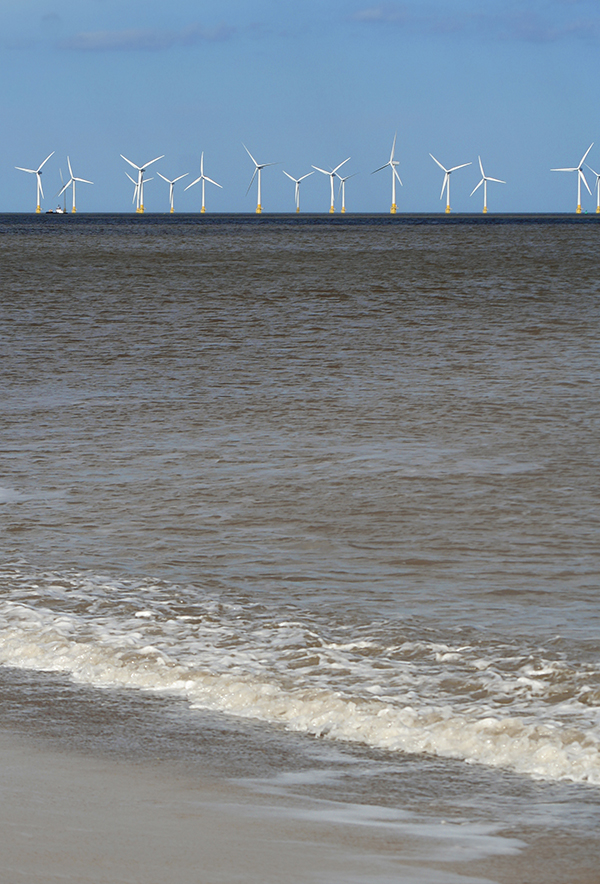The Netherlands’s aims to double its production of offshore wind energy by 2030. This was revealed by the Dutch Cabinet this spring, when it announced it has earmarked three new areas for future offshore wind farms on the North Sea. Two previously designated areas were also confirmed. Together, the five areas are set to produce 10.7 gigawatts (GW) of wind energy; with these five areas, the total planned capacity for offshore wind energy will be doubled to approximately 21 gigawatts by 2030.
“This is an important milestone in the transition to more sustainable energy,” said Rob Jetten, Minister for Climate and Energy. “By way of comparison, 10.7 GW extra is twice as much as all Dutch households use together in electricity,” adding that by 2030, the government intends to be making offshore wind energy the country’s largest source of electricity, according to the special offshore wind energy Roadmap 2030+.
The three new areas are planned for the north and northwest of the country, and have been given the names Nederwiek, Lagelander and Doordewind; the result of a competition among 6000 contenders. The other two reconfirmed areas are the northern part of the IJmuiden Ver wind energy area, 62 km off the west coast of the Netherlands; and the southern part of Hollandse Kust Wind Farm Zone, about 53 kilometres from the Dutch west coast. “When designating these wind energy areas, careful consideration was given to the other interests in the North Sea, such as shipping, fisheries, nature and defence,” said Jetten.
With the costs for the new wind farms to be spread over the government, companies and investors, the cabinet has proposed to use the Climate Fund to pay for its part of the expenditure, which will be just under €1.7 billion. The fund is intended for sustainable projects and money will be needed for the integration of the power connection on the mainland, as well as for shipping safety and necessary adjustments in the fishing sector, to make it more sustainable. It will also be used for strengthening and protecting the North Sea ecosystem.
In the Netherlands, wind turbines are mainly located in the coastal provinces, where the wind tends to be the strongest. There are also windmills at sea, and the North Sea is considered a suitable location for offshore wind energy because of its relatively shallow water depth, favourable wind climate, good ports and (industrial) energy consumers nearby, explains the Dutch government. The North Sea Region Programme points out on its website that the top five European countries with the largest offshore wind capacity are bordering the North Sea. Denmark and the UK specifically are leading the way when it comes to offshore wind energy. The latter in fact has the highest percentage (40.8%) of installed offshore wind capacity in Europe.
With the new plans, the Netherlands is on its way to follow suit. The cabinet will decide this summer exactly where the wind farms will be located within the designated areas. It is predicted that in twenty years’ time, a quarter of the North Sea will consist of wind farms, says independent research organisation TNO.
With offshore wind energy, the transition to an energy supply without CO2 emissions is possible, the Dutch government explains on its website. The arrival of more offshore wind farms is also considered to bring with it economic opportunities. By playing such a large role in the energy market in the Netherlands, the Dutch offshore wind energy sector will get the opportunity to further develop its expertise and thereby strengthen its international position.
Written by Femke van Iperen
